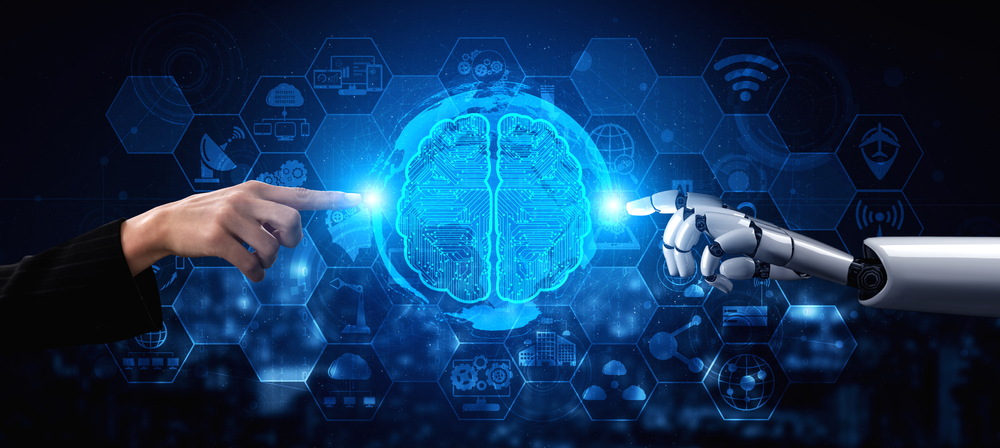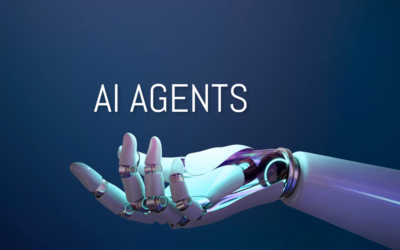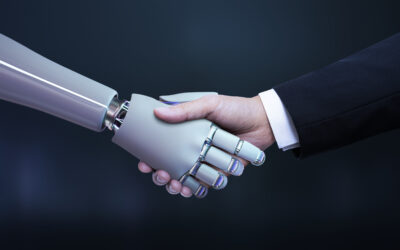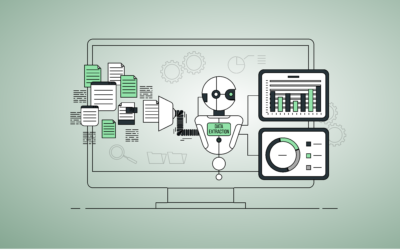Table of Content
The Artificial Intelligence Concept
Human-made brainpower, otherwise called AI, is mainly used to computerize natural intelligence, including replicating human‑like intelligence, or collective intelligence, capable of recreating the same decisions and actions that a naturally occurring intelligence would do.
Natural and Artificial Intelligence
There are two main types of intelligence, natural intelligence, and artificial intelligence. Innate intelligence is the type of intelligence that living organisms are born with and acquire over their lives. Artificial intelligence, however, is a type of intelligence that is not naturally occurring. It is intelligence that was created artificially by humans using machines. AI is the ability of a device to replicate natural intelligence executed with software algorithms and data models.
AI Applied to Organizations and Companies
The large amounts of data available have boosted AI adoption across organizations. To be able to make good predictions, AI must process large volumes of data. With the emergence of various labeling data tools and the convenient and affordable options that organizations now have to store and process structured and unstructured data, more organizations can build and develop their own AI algorithms.
AI gives an upper hand to organizations that embrace them. An ever-increasing number of organizations perceive that an upper hand can be acquired by applying AI knowledge to business processes and are focusing on it across the business. This permits organizations to make quicker, better choices on account of focused suggestions by utilizing AI. Many of the highlights and abilities offered by AI help decrease costs, relieve issues, abbreviate time to market, etc.
While numerous organizations have effectively received AI innovation, there is additionally a great deal of deception about AI and what it may or may not be able to achieve. Most companies apply AI by combining both internal and out-of-the-box solutions. Internal AI development allows companies to adopt AI to unique business needs. With prebuilt AI solutions, you can streamline your implementation with an out-of-the-box solution for more specific business problems, such as accounts payable or insurance claims automation.
Essentially, if a machine can recreate the same decisions and actions that a natural intelligence would produce, then it is a type of artificial intelligence. More precisely, artificial intelligence is the ability of a machine to perceive an environment and perform the actions that maximize the expected likelihood of achieving a goal, or in most cases, a positive outcome.
Appliance of AI in Software Systems
In artificial intelligence, a system is a machine of some kind, such as software running on a computer, a robot, or any other sort of human-made device. AI applications apply the physical world by the environment, as is the case with hardware robots and self‑driving cars; however, they also mean virtual worlds like video games, a computer simulation, or a data set.
By actions, we mean physical activities like moving, speaking, or virtual actions like producing data as an output or making a decision or prediction of some kind. By expected likelihood, we mean the statistical probability of success that a system associates with a given action.
This rational system view of artificial intelligence is what most AI researchers, practitioners, and academics use as their guide to defining AI. However, the general public tends to have a pretty different definition of AI than the experts.
Artificial Intelligence Components
There are several critical components to artificial intelligence. They include perception, learning, knowledge, reasoning, and planning. Each of these components corresponds to an aspect of natural intelligence that exists in animal brains. They also correspond to the significant areas of study in AI research. While this isn’t an exhaustive list, it covers the essential components of modern AI.
Perception
First, we have a perception, which is a system’s ability to deduce a state of its environment from sensory data. Data comes into the system via sensors like cameras, microphones, etc. The design makes sense of this input of data by recognizing patterns in it. The system can detect the environment’s features through these patterns, like walls, objects, and people. Like their size, position, and speed, these features make up the environment’s current state.
Learning
Second, we have learning, a system’s ability to extract knowledge from a flow of data. Learning involves taking in data as input and producing a decision, prediction, or action as output. For AI systems, this consists of learning how to match the environment’s state to actions that lead to a positive outcome.
Knowledge
Knowledge is the ability of a system to represent what it has learned flexibly. Knowledge is a collection of information that the system knows about its environment, including objects, properties, and relationships.
A system’s knowledge can be represented symbolically as a statistical model or as a knowledge graph. Each of these types of knowledge representations has its various positive and negative aspects.
Reasoning
Then, we have reasoning, which is a system’s ability to infer conclusions from available knowledge. Reasoning systems employ inference techniques like deduction, which uses a set of premises to reach a specific decision, and induction, which generalizes from a group of observations to a more general rule.
The reasoning is how we use knowledge to solve problems without resorting to experimentation for different situations. Finally, we have planning, which is a system’s ability to set and achieve a positive outcome.
Planning
Planning typically involves constructing a set of tasks to achieve the primary goal and the system to visualize the environment’s future states. The system must predict how a series of possible actions will change the surroundings’ shape and align it either closer to or further away from its goal.
With this information, the system can then choose the action that maximizes achieving its goal. Modern AI applications do not require all five of these components of artificial intelligence. Many successful but limited AI applications involve just one or two of these components. However, future general AI systems will almost certainly require all five of these components to become a reality.
Artificial Intelligence Application Issues
The number of positive uses and applications of AI, such as (but not limited to) customer sentiment analysis and product recommendation, warehouse robots, route optimization, delivery drones, customer chatbots, automated phone systems, and many others, outweigh the few skeptics regarding potential AI threats.
The emergence of modern AI has led to some rather interesting ethical issues such as mass surveillance and facial recognition that may violate individuals’ privacy rights everywhere. We have AI‑generated advertisements that use each consumer’s unique behavioral profile to manipulate their purchase decisions and make suggestions to the goods they buy online, the videos they watch, etc. We have text generation software that can generate propaganda and fake news on a massive scale.
Although these threats are real and exist, the consensus is that most organizations that currently focus on information science and how to correctly apply AI put a ton of financial maneuvering into it and make the most out of AI, positively and productively. They have understood that AI can carry a massive benefit to the business when applied and executed accurately.












